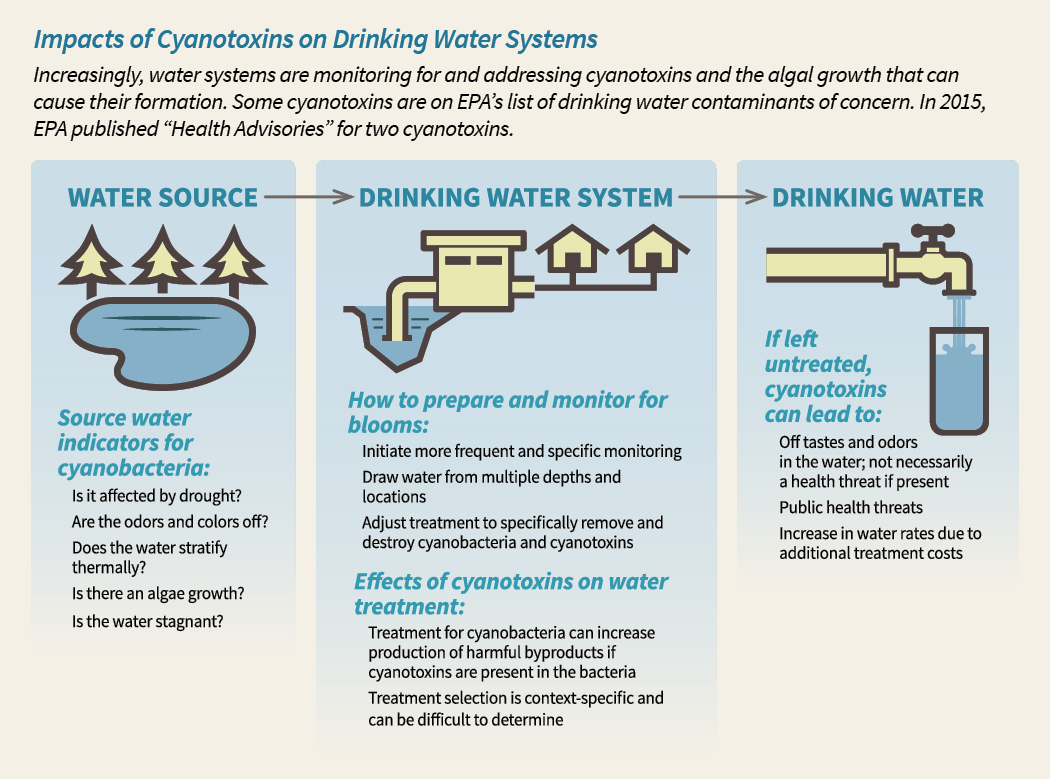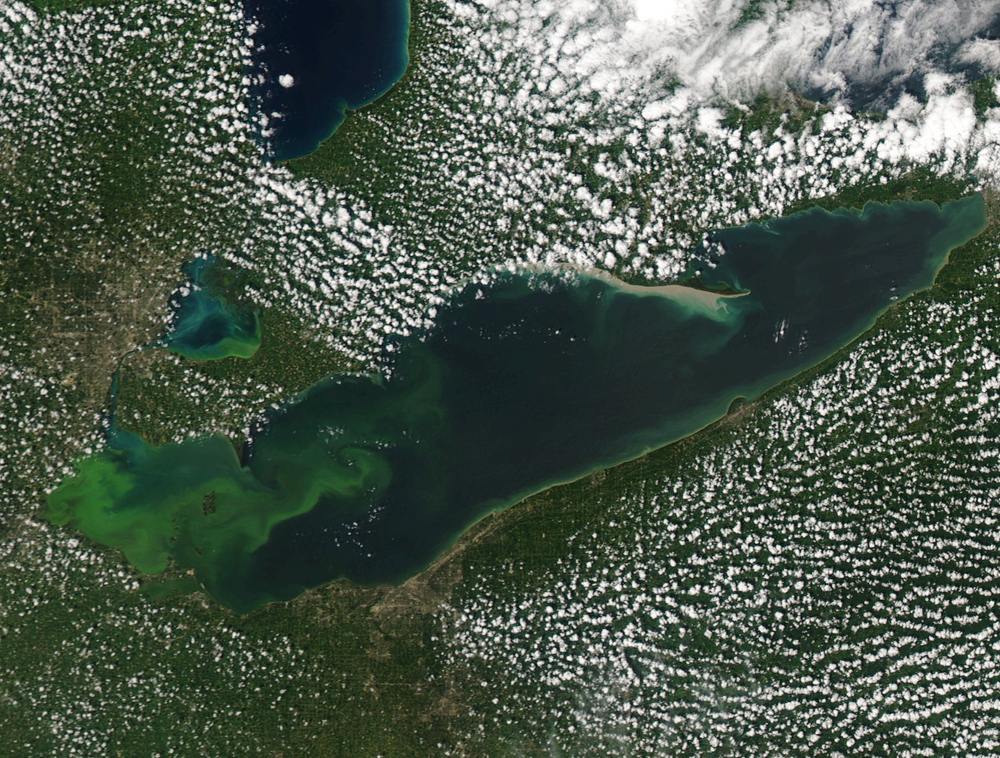“Nutrient pollution remains one of the greatest challenges to our Nation’s water quality and presents a growing threat to public health and local economies — contributing to toxic harmful algal blooms, contamination of drinking water sources, and costly impacts on recreation, tourism, and fisheries.” — Joel Beauvais, Deputy Assistant Administrator, U.S. EPA, September 22, 2016
Since the passage of the Clean Water Act in 1972 the United States has made great progress in cleaning up industrial chemicals and sewage pollution, but has failed to significantly reduce run-off of nutrient pollution into our nation’s rivers, lakes, and bays. Nutrient pollution refers to nitrogen and phosphorus, which are essential life elements that have enabled agriculture production in the United States to thrive, but at a huge cost to water quality. The agriculture industry, the largest water polluter in the country, is largely exempt from Clean Water Act protections/programs. When it rains, nutrient-rich fertilizer and animal waste pour into nearby streams and rivers, contributing to toxic algal outbreaks and dead zones downstream. This pollution also seeps into groundwater. Urban storm water runoff, wastewater treatment plant discharges, failing septic tanks, and fossil fuel emissions are other sources of nitrogen and phosphorus pollution. Pollution from nitrogen and phosphorus is one of the most pervasive water quality problems in the U.S. and there is increasing concern about their impact on drinking water.
Read the full paper - download it here.


